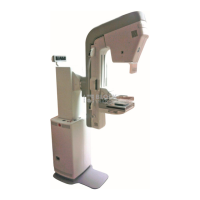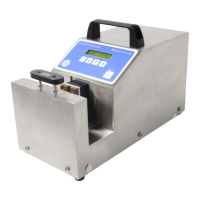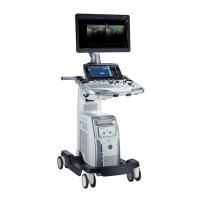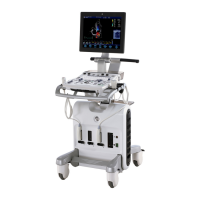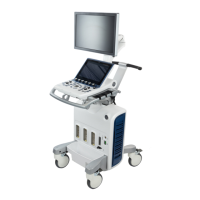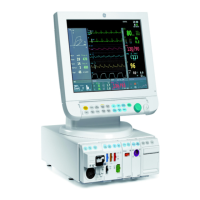Chapter 9 Page no. 1036
JC-TSG-A-015.fm
GE Healthcare Senographe DS
Revision 1 Service Information and Procedures Class A 2385072-16-8EN
Job Card TSG A015 - Lift Movement Troubleshooting
1-2 Lift Type Identification and Related FRU Compatibility Matrix
1-2-1 Identifying Lift Screw Assembly Types
Three Lift Screw Assembly types (in terms of brake functionality) exist in the install base as follows:
• Type 1: No brake - (stationary systems only) - the oldest of the systems in the install base dating
back to January 2008 and earlier. At this stage of the product life cycle no brake was required
because the system was only available for stationary (hospital room) scenarios. A system containing
a Type 1 Lift Screw Assembly with "No brake" can be identified as follows:
- the black L-bracket at the top of the Lift Screw Assembly
- the motor at bottom of the Lift Screw Assembly only has power cables and does not have an
earth cable
• Type 2: Top brake compatible- (stationary and mobile systems) - the middle age systems in the
install base dating between January 2008 and June 2011. At this stage of the product life cycle,
brake capability was required because the Senographe Essential system was made available for
mobile (van) scenarios. A "top brake" was designed to be installed at the top of the Lift Screw Assem-
bly. Forward production Gantries (from January 2008) were produced with a Type 2 Lift Screw
Assembly that had a silver L-bracket with threaded holes to support the installation of the "top brake",
and an earth cable leaving the Motor. The Senographe Essential Mobile Kit included the "top brake",
which was installed on Mobile Systems.
A system containing a Type 2 Lift Screw Assembly can be identified by:
- the sliver L-bracket with threaded holes at the top of the Lift Screw Assembly, and the "top brake"
(if it is installed which is the case on Mobile systems)
- in addition to the power cables, the motor at the bottom of the Lift Screw Assembly contains an
earth cable, but no brake cable
The Type 2 Top brake compatible Lift Screw Assembly is divided into two type 2s (2a and 2b):
- Type 2a: Applies to a stationary system in hospital which has NO top brake installed.
- Type 2b: Applies to a system that has the top brake mounted. It can either be a mobile system or
a stationary system that required the top brake to resolve lift motion errors
Type 2a
Type 2b
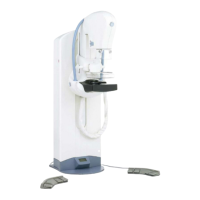
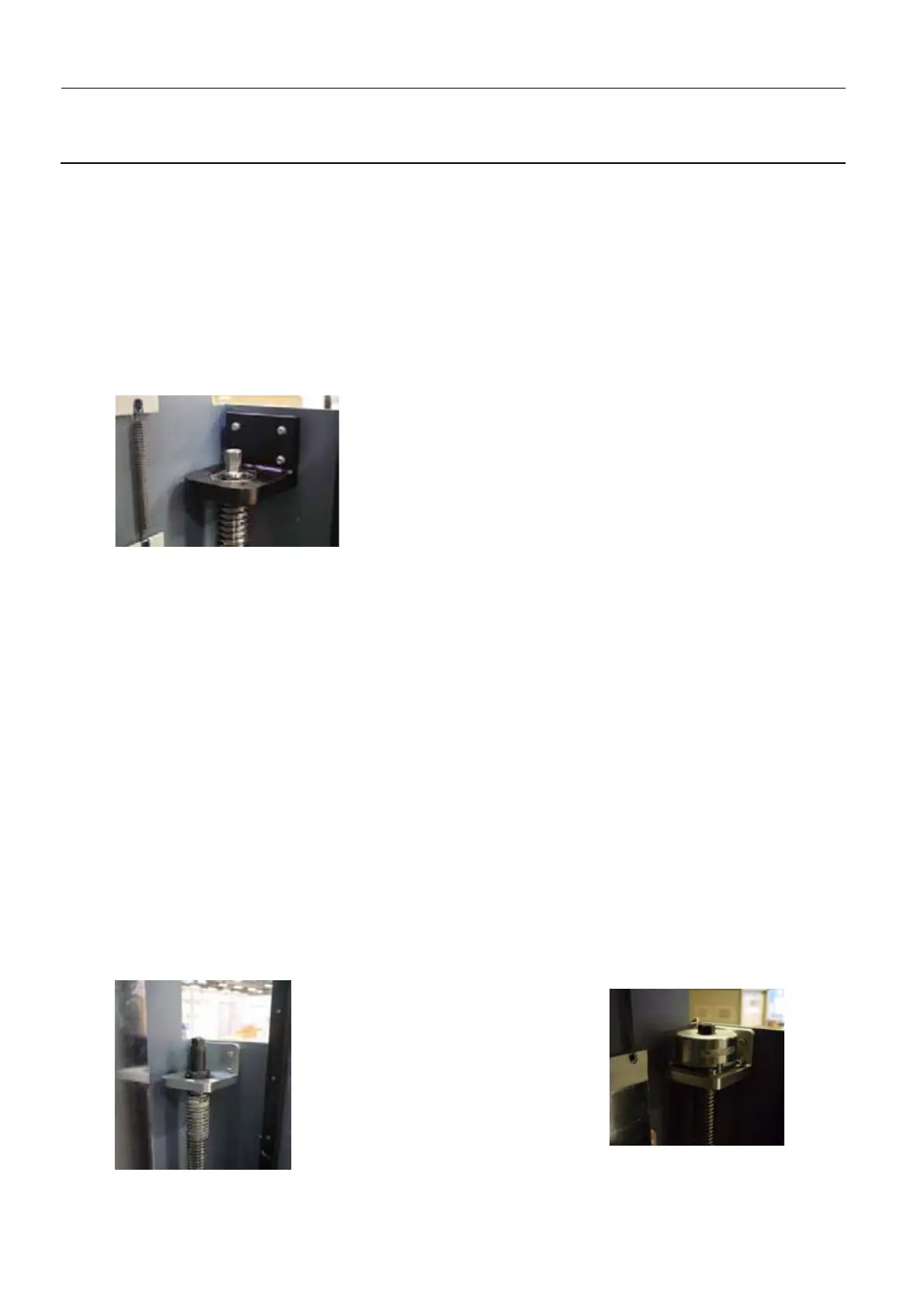